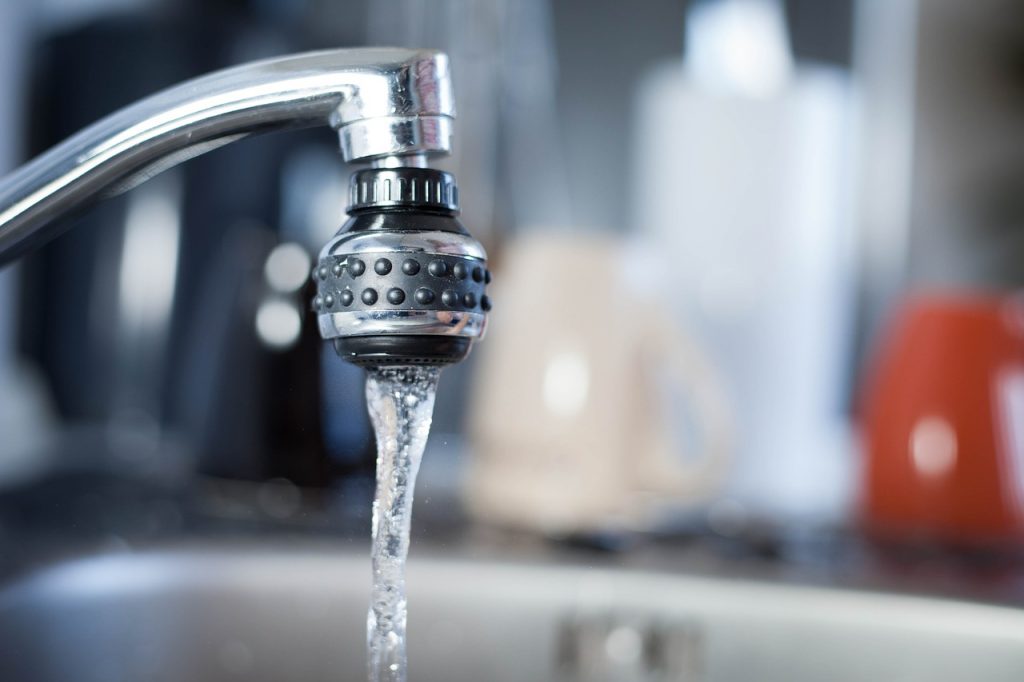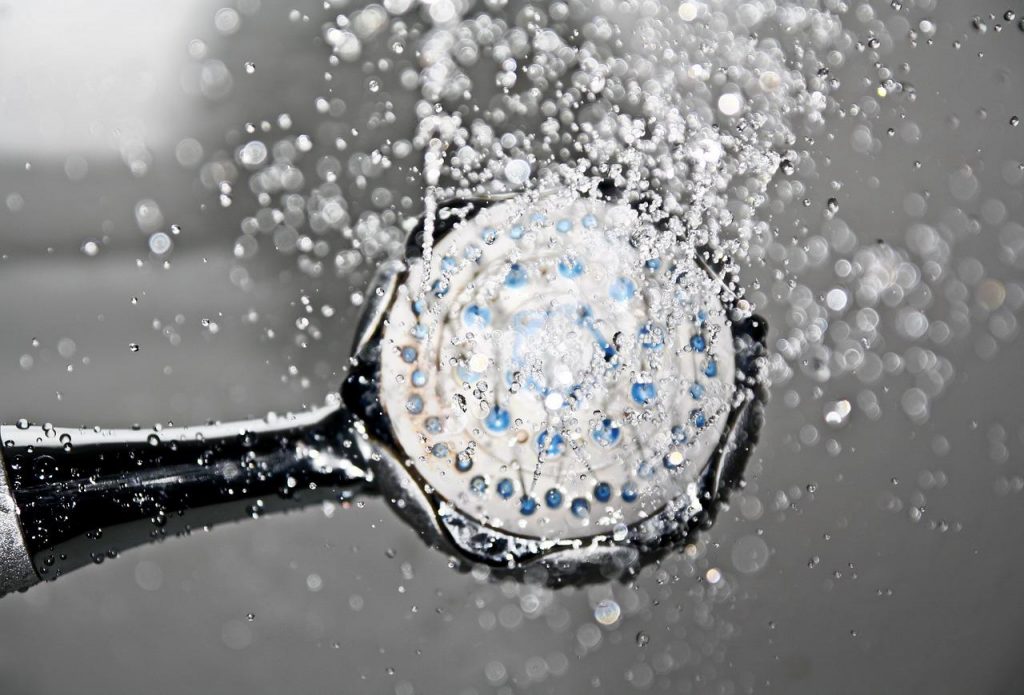Why Your Water Bill May Be Surging
Find out why your water bill may be going haywire and what you can do to offset the surging costs.
This article is more than 2 years old

All across America families have been struggling to make ends meet as the effects of Covid-19 and inflation wreak havoc on their finances. The dramatic spike in cost of living expenses is also causing energy and water bills to soar. According to the Environmental Protection Agency (EPA), the average American home uses more than 300 gallons of water each day on showers, toilets, dishwashers, washing machines, and outdoor sprinklers.
This means the average household’s water bill is around $1,000 a year or approximately $83 a month. While each bill might be higher or lower based on location, usage, and other factors, there are a few things that might be adding to the cost. So if you want to be a little more water-savvy, reduce your bill or save the environment, these are some of the things to look out for according to CNET.
If you’ve noticed an increase in your water bill but your usage hasn’t increased, there could be a leak somewhere on your property. Before adjusting your water consumption or replacing old appliances, look for leaks around your house. Search in less obvious places, like behind the toilet, around the washing machine, as well as under sinks and the dishwasher. If you spot any small puddles, get them fixed as soon as possible. Installing smart leak sensors can also detect water leaks in the future.
Update older faucets by adding an aerator. This is a small, circular gadget that screws onto the faucet head to infuse air into the water stream. As a result, the water is compacted and creates a more consistent stream. By doing so water usage is reduced by 30%, which means your water bill will go down. Another option is to replace the entire faucet with a fitting that is WaterSense-certified. These products are authorized by the EPA and are guaranteed to use 20% less water than older models.

Changing your shower habits is also a great way to reduce your water bill. The average American spends eight minutes in the shower, using 20 gallons of water each time. To save even water on these showers, install a water-efficient showerhead. The EPA even estimates that the average home can save $70 in annual water and energy costs by switching to a WaterSense-approved showerhead. Having slightly shorter showers can also help.
In most homes, toilets account for approximately 30% of indoor water usage. Luckily, there are a few ways to reduce that water bill, including switching to a low-flow toilet. These water-efficient toilets can help your family save up to $140 per year, the EPA says. For a cheaper option, folks can add a weighted plastic bottle to your toilet tank. This will take up space in the tank that’s usually filled with water. This way less water is wasted with each flush.
While it may not seem like it at first, running a dishwasher is more water-efficient than hand-washing your dishes. But this will only help your water bill if you’re running a full load. Moreover, if you have an Energy Star appliance, it can save up to 5,000 gallons of water each year when compared to washing dishes by hand. And if you own a newer dishwasher, pre-rinsing your dishes isn’t necessary. This means you save an extra 6,000 gallons of water per year.
It’s interesting to see how a few small changes can help save on your water bill. Whether it means tweaking a few habits or installing a new faucet, every tiny adjustment will help you be smarter about water usage, which will benefit your wallet and the planet.





